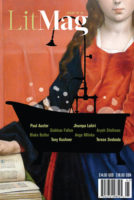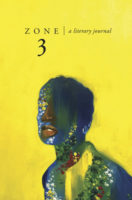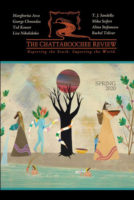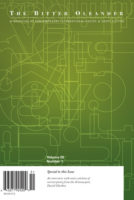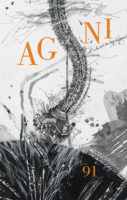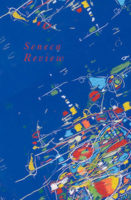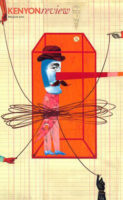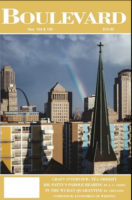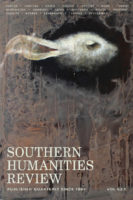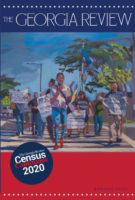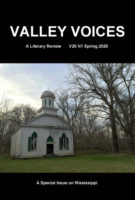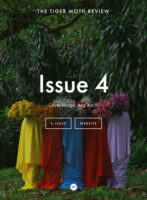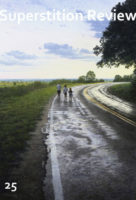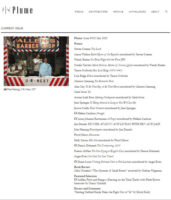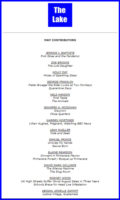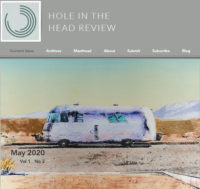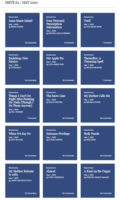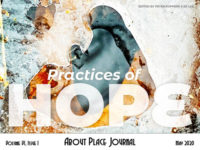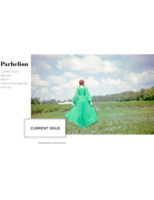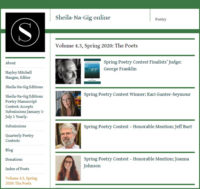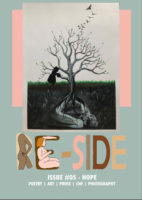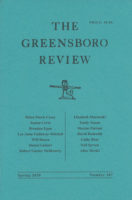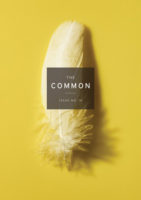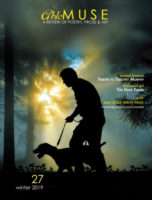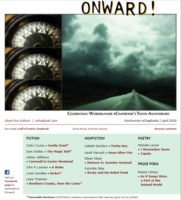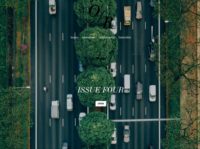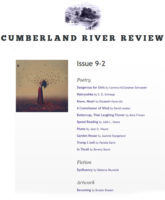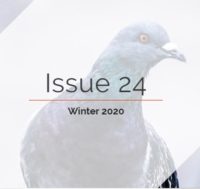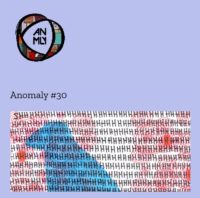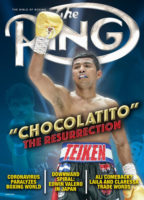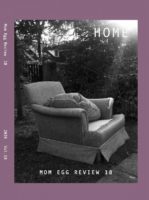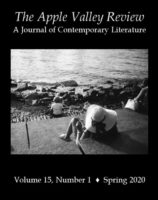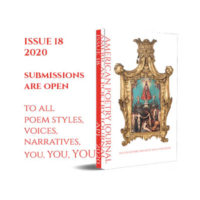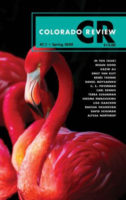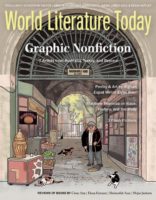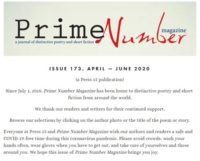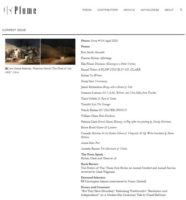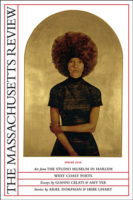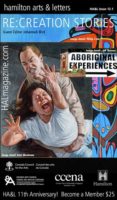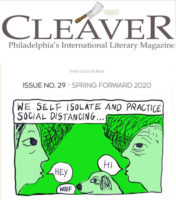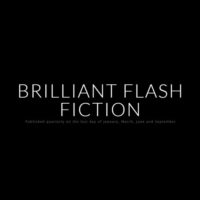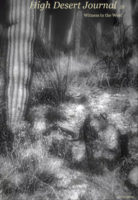LitMag is a literary magazine published annually from New York City. The magazine’s pulse is found on page sixty-three with a quote from Aryeh Lev Stollman’s fiction piece “Dreams Emerging,” which states “true art is the condensation of ineffable yearning.” An ineffable yearning is a longing so strong it cannot be described; however, this issue’s work attempts description, and through writing, pieces of the unsaid become real. With fiction, nonfiction, poetry, and tributary letters, LitMag’s third issue holds work that embodies the condensation of ineffable yearning.
Meghan E. O’Toole’s fiction story “Abditory” carries the loudest pulse. It is a hazy and dreamlike exploration of how longing can manifest in dreams and become necessary for engaging with reality. O’Toole uses the image of milk to connect the main character’s past and present with their dream-images, and it is in the way the milk moves, the way it rises in the bedroom or pools on the road, that the story supplements the issue’s character of yearning. O’Toole’s story successfully employs elements of magical realism, which create a vivid sense of place that is consistent in every scene. I instantly believed in the fictional world she created, and this lack of hesitancy to trust and settle into the story’s place drew me back for a second and third read.
The magazine’s cohesion comes from every piece having its own sense of magnetism, and I read the magazine in one sitting. Each piece easily pulled me into the next, and it is for this ease and sense of connectivity that recommend LitMag.
Reviewer bio: Jamie is an MFA candidate at the University of North Carolina – Wilmington and holds a BA in English and Creative Writing from Indiana Wesleyan University. She has contributed work to Appalachian Voice, Appalachia Service Project, and has work forthcoming in the Chestnut Review.

